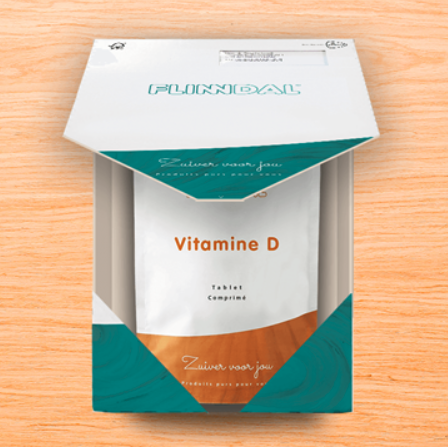MAKE YOUR BRAND FIT FOR ONLINE LIKE FLINNDAL
Post by Anne Charbonneau, Managing Parter based in Amsterdam.
The importance of the online channel has sky-rocketed during the Covid crisis. Tesco reported a 49% jump in online sales (three months to May) and expects to add £2billion of sales in 2020. And many brands are looking at ‘direct to consumer’ (D2C) as a channel, as we posted on here. If you want to you increase your chances of online success, Flinndal is a good source of inspiration.
This Dutch brand of vitamin supplements has successfully dealt with many challenges: competitive pressure, category reputation issues, decline in consumer spending. Flinndal has become the nº 1 direct to consumer brand of vitamins and supplements in Holland and has ambitions to become a pan-European brand, with €100m+ of turnover in 2020 (1). Key to this success has been a distinctive approach in what remains a relatively conventional category: when other brands ‘zig’ Flinndal likes to ‘zag’.
Here, we look what we can learn from Flinndal to be fit for online sales.
1. Distinctive design
Flinndal’s pack design is category-disruptive, with a single focus on product name and formula: no superlative claims and scientific bull***. This makes online choice very easy. Detailed product info is available, for anyone needing it, is 1 click away.

In terms of format, Flinndal’s doypack is a killer feature for what is a 100% online business: the doypacks can be delivered in a flat box, which goes easily through a letterbox, meaning no packages to expect, track or wait for.

Workout:
Review your packaging and ask yourself, is it fit for online? Are the key product features used by consumer to make their online shopping choice visible, clear, and easy to understand? If you plan to deliver direct to consumers, is your pack format compatible for optimal online delivery?
2. Designed with consumer in mind
Flinndal demonstrated strong consumer empathy and understanding. For example, some of the bigger pills have a photo specifying their shape and size, pretty useful for seniors and people that have problem with larger pills.

Workout:
Are you addressing consumer pain points that are not just about the product but about convenience or ease of use via shape format or services?
3. ‘Nudging’ people to encourage retention and repeat
Anyone who has taken food supplements in her/his life knows it: sticking with the program is tough. As a result, most people drop out within weeks either because they forget to take their supplements, and/or because results are not obvious. To limit this, Flinndal operates a strong follow-up service, with individualised phone calls AND an attractively price subscription model: get a repeat order every 3 months and get a 15% price reduction.
Workout:
What can you to ‘nudge’ people into continuing to use your product or service and minimize drop-off? Could the new ‘subscription-based’ model we hear so much about relevant to your category?
4. Building a brand territory relevant for today
In a category when product effectiveness and relevance are more and more questioned by consumers, Flinndal has moved away from the traditional ‘high energy/ performance/ bionic man’ imagery still used by most brands, which can lead to unsustainable effectiveness claims. Instead, Flinndal’s distinctive territory expresses wisdom, well-being, a balanced mix of science and nature.
Workout:
Is your packaging and comms moving with the times to reflect the evolution of consumer needs, cultural context and competitive threats? What is the right balance of consistency and freshness to build on success whilst staying relevant?
In conclusion, Flinndal show how to be fit for online sales success by having a distinctive proposition, visual identity and structural package that is relevant for consumers today.
Sources
1. https://www.slideshare.net/KisacoResearch/bernard-lemaire-flinndal-presentation


